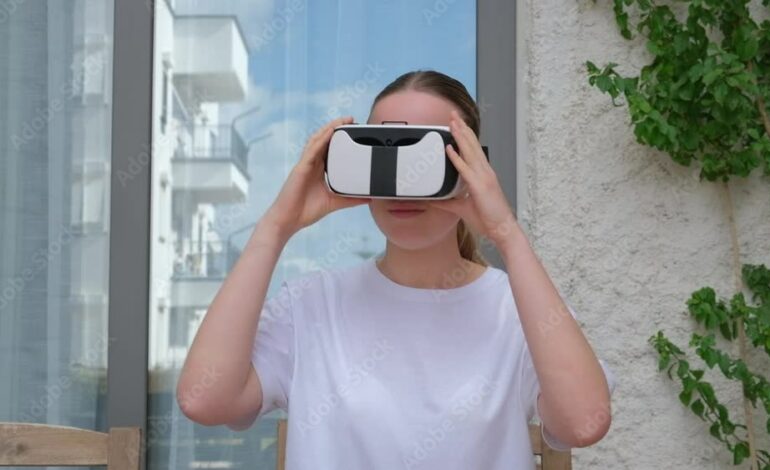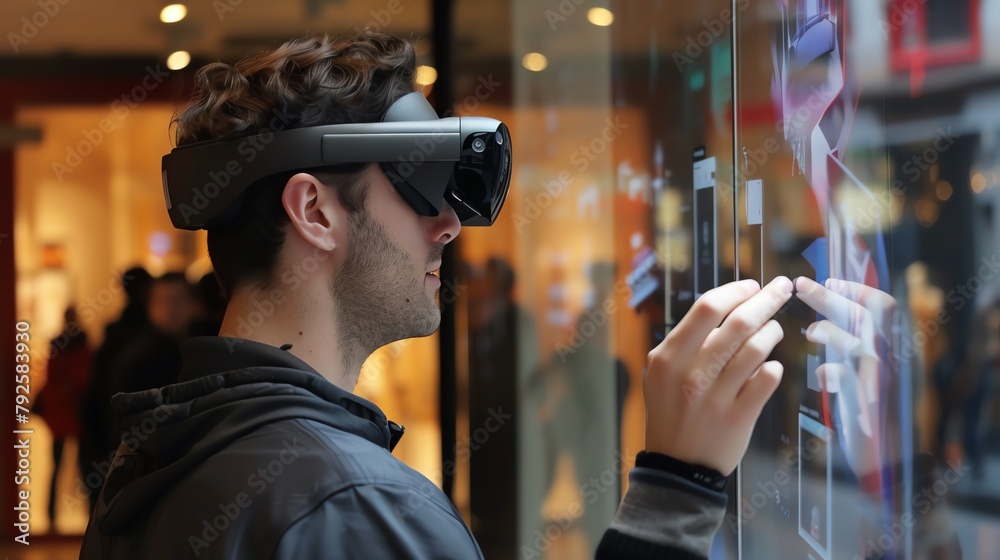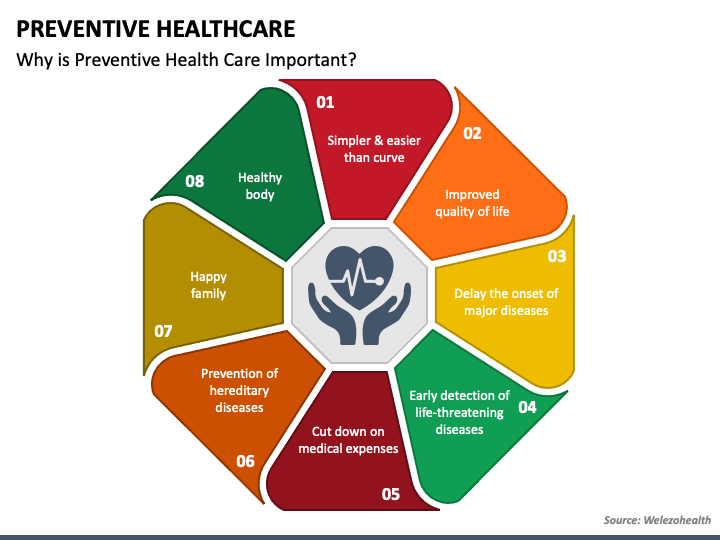AR: It’s Closer Than You Think

Augmented Reality: It’s Not Just for Gamers Anymore
For many, the term “Augmented Reality” (AR) conjures images of Pokémon GO, players wandering around glued to their phones, catching virtual creatures in the real world. While that was a hugely popular and impactful introduction to AR for the masses, it barely scratches the surface of what this technology is capable of, and how rapidly it’s becoming integrated into our daily lives. AR is moving beyond entertainment and is poised to revolutionize industries from retail and healthcare to education and manufacturing. This post will delve into the current state of AR, explore its diverse applications, and look at what the future might hold.
What *is* Augmented Reality?
Before we go further, let’s clarify what AR actually is. It’s often confused with Virtual Reality (VR), but they are fundamentally different. VR creates a completely immersive, computer-generated environment, blocking out the real world. Think of a VR headset transporting you to a different planet. AR, on the other hand, *enhances* the real world by overlaying digital information onto it. You still see your surroundings, but with added layers of computer-generated images, sounds, and other sensory input. This is typically achieved through smartphones, tablets, or specialized AR glasses.
The key difference is that AR doesn’t replace reality; it augments it. It adds to what you already see, hear, and feel. This makes it far more accessible and practical for a wider range of applications than VR.
AR in Retail: Trying Before You Buy
One of the most visible and impactful applications of AR is in the retail sector. Imagine wanting to buy a new sofa. Traditionally, you’d go to a furniture store, try to visualize how it would look in your living room, and hope for the best. Now, with AR apps, you can simply point your smartphone at your living room, and a virtual representation of the sofa appears on your screen, scaled to the correct size. You can move it around, change the fabric, and see exactly how it fits with your existing décor.
This “try before you buy” experience extends beyond furniture. Companies like Sephora and L’Oréal offer AR apps that allow customers to virtually try on makeup. Warby Parker lets you virtually try on glasses. Nike allows you to scan your feet to find the perfect shoe size. These applications not only enhance the customer experience but also significantly reduce return rates, saving retailers money and improving customer satisfaction. The convenience and confidence AR provides are driving its adoption in retail at an incredible pace.

AR in Healthcare: Precision and Training
The healthcare industry is also embracing AR with open arms. Surgical planning is being revolutionized by AR, allowing surgeons to visualize complex anatomical structures in 3D before an operation. This leads to more precise procedures, reduced risk, and faster recovery times. AR can overlay patient scans (CT, MRI) onto the patient’s body during surgery, providing a “see-through” view of internal organs and tissues.
Beyond surgery, AR is being used for medical training. Students can practice procedures on virtual patients, gaining valuable experience without the risk of harming a real person. AR apps can also assist nurses with tasks like finding veins for injections, improving accuracy and reducing patient discomfort. The potential for AR to improve patient outcomes and enhance medical education is enormous.
AR in Education: Learning Comes Alive
Imagine learning about the human heart by being able to virtually dissect it, rotating it, and examining its different components in detail. That’s the power of AR in education. AR can transform textbooks into interactive experiences, bringing abstract concepts to life. Students can explore ancient civilizations by virtually walking through historical sites, or learn about the solar system by viewing planets in their actual scale and orbit.
AR apps can also make learning more engaging and personalized. Teachers can create custom AR experiences tailored to the needs of their students. This immersive and interactive approach to learning can significantly improve student comprehension and retention. It moves beyond rote memorization and fosters a deeper understanding of the subject matter.
AR in Manufacturing and Maintenance: Efficiency and Accuracy
In the manufacturing and maintenance sectors, AR is being used to improve efficiency, reduce errors, and enhance worker safety. Technicians can use AR glasses to receive step-by-step instructions for complex repairs, with visual cues overlaid onto the equipment they are working on. This eliminates the need to constantly refer to manuals and reduces the risk of mistakes.
AR can also be used for remote assistance. An expert can remotely guide a technician through a repair process, seeing what the technician sees through their AR glasses and providing real-time instructions. This is particularly valuable for complex equipment or in situations where an expert is not physically available. The ability to streamline workflows and improve accuracy is making AR an indispensable tool for manufacturers and maintenance professionals.
The Future of Augmented Reality
The future of AR is incredibly exciting. As the technology continues to develop, we can expect to see even more innovative applications emerge. Here are a few trends to watch:
- Advancements in AR Glasses: Current AR glasses are often bulky and expensive. We can expect to see more sleek, lightweight, and affordable AR glasses become available in the coming years.
- 5G and Edge Computing: The rollout of 5G networks and the increasing use of edge computing will enable faster and more reliable AR experiences.
- AI Integration: Combining AR with Artificial Intelligence (AI) will create even more intelligent and personalized experiences. For example, AR apps could use AI to recognize objects and provide relevant information.
- Spatial Computing: This involves understanding and interacting with the physical world in a more sophisticated way. Spatial computing will enable AR apps to create more realistic and immersive experiences.
Augmented Reality is no longer a futuristic fantasy. It’s a rapidly evolving technology that is already transforming our lives in meaningful ways. From shopping and healthcare to education and manufacturing, AR is poised to become an integral part of our daily routines. Keep an eye on this space – the possibilities are truly limitless.



